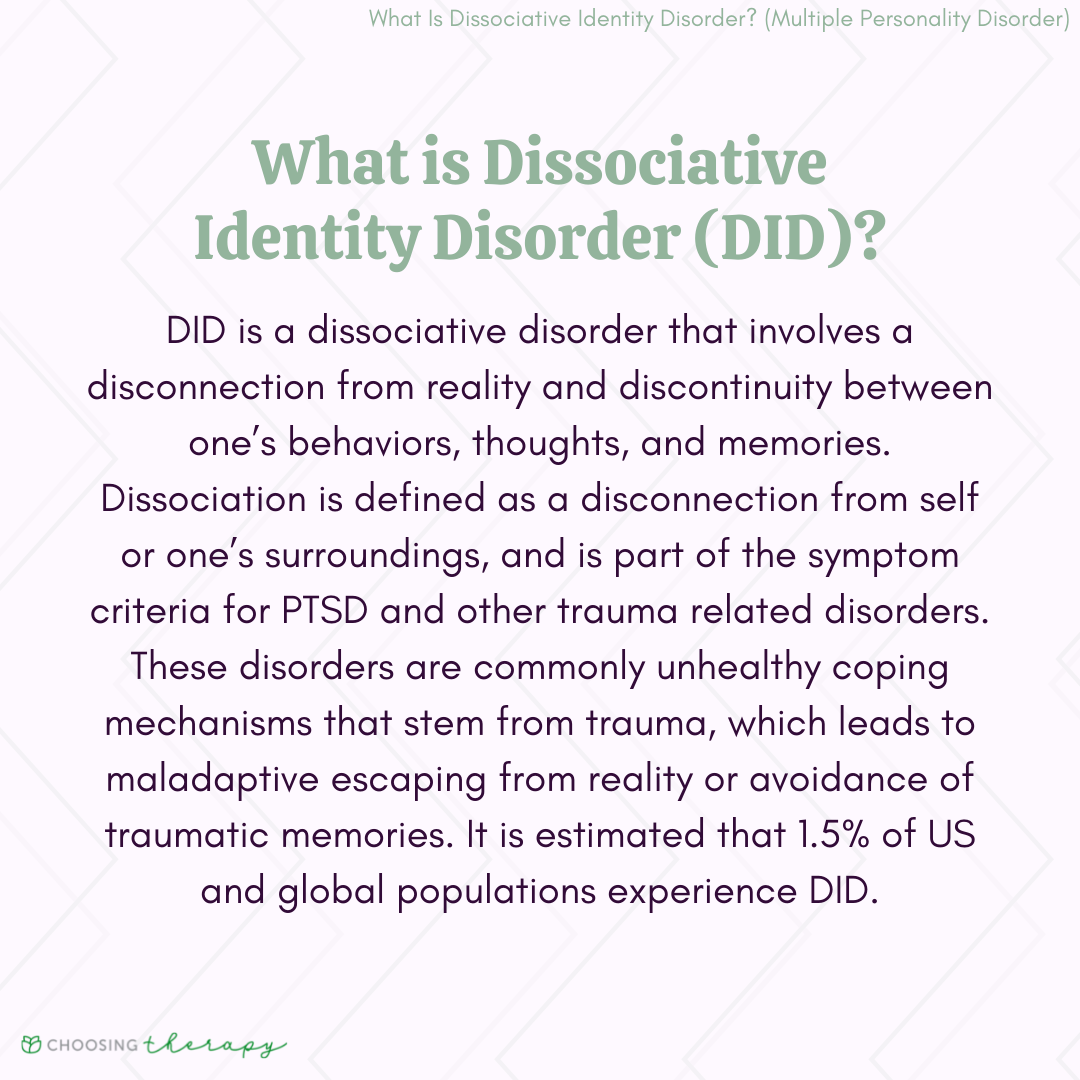Essential Education and Steps to Become a School Principal
Introduction: The Principal’s Pathway
Becoming a school principal is a rewarding career that requires a blend of education, experience, and leadership skills. Principals play a vital role in guiding schools, supporting teachers, and fostering student achievement. Whether you’re considering this career for the first time or ready to take the next step, understanding the educational requirements and the practical journey is crucial.
Core Educational Requirements
Bachelor’s Degree : The journey typically begins with a bachelor’s degree. While a degree in education is the most common route, some principals initially major in other fields such as science, English, or mathematics and later pursue teaching certification [1] [4] . A bachelor’s degree lays the foundation for classroom management, subject expertise, and pedagogical techniques. If your initial degree is outside education, you may need to obtain additional teaching credentials before advancing.
Master’s Degree : In most cases, a master’s degree is required to become a principal. This graduate degree is typically focused on educational leadership, administration, or a related area such as curriculum development. Programs cover topics like school law, public relations, instructional leadership, and cultural diversity in education [1] [2] [5] . Earning a master’s degree usually takes two years of full-time study, but part-time and online options may be available to accommodate working professionals.
Teaching Experience: Building Skills in the Classroom
Most school districts require candidates to have one to five years of teaching experience before considering them for principal roles [1] [2] . This experience is vital for understanding the dynamics of classroom instruction, student engagement, and curriculum implementation. Some states specify a minimum of two years of creditable teaching experience for principal certification [3] .
Alternative experience, such as work as a school counselor or in other educational roles, may also be accepted. However, direct classroom teaching is the most common and preferred background. Real-world example: A math teacher with five years in the classroom may pursue a master’s in educational leadership, then transition to an assistant principal role before advancing to principal.
Certification and State-Specific Requirements
Certification requirements vary by state and school district. Generally, the following are required:
- Valid Teaching Certificate : You must hold a valid classroom teaching certificate, which is obtained after completing a teacher preparation program and passing relevant exams [5] .
- Principal Certification : After gaining teaching experience and a master’s degree, you’ll need to complete an approved principal educator preparation program. These programs often include coursework in leadership, curriculum design, and interviewing techniques, culminating in a state-specific exam [3] .
- Background Checks and Additional Verifications : Schools may require background checks, drug tests, and reference checks before hiring [2] .
Example: In Texas, the process includes earning a master’s degree, holding a valid teaching certificate, completing two years of classroom teaching, finishing an approved preparation program, and passing the state principal exam [3] .
Step-by-Step Guide to Becoming a Principal
- Earn a Bachelor’s Degree : Choose a major based on your interests and teaching goals. If not in education, plan for post-bachelor’s certification [1] .
- Obtain a Teaching Certificate : Complete a teacher preparation program and student teaching requirements. Pass the necessary state exams to become certified.
- Gain Classroom Experience : Teach for the minimum years required by your state. Seek opportunities to lead projects or mentor peers.
- Pursue a Master’s Degree : Apply to graduate programs in educational leadership or administration. Consider programs offering flexible schedules for working educators [5] .
- Complete Principal Preparation and Certification : Enroll in a principal preparation program approved by your state. Study leadership, curriculum, and school law. Pass the principal certification exam.
- Apply for Principal Positions : Prepare a resume highlighting your leadership and teaching experience. Consider applying for assistant or vice principal roles to gain administrative experience [2] .
Alternative Pathways and Special Considerations
While teaching experience is the standard route, some states allow individuals with backgrounds in counseling, educational technology, or other education-related fields to enter principal preparation programs. However, lacking classroom teaching experience may reduce competitiveness for principal positions [1] .
Private schools and charter schools may have different requirements, sometimes relaxing certification or teaching experience mandates. Always verify standards with your intended employer or state education agency.

Source: educationcorner.com
Potential Challenges and Solutions
Challenge: Balancing graduate studies with full-time teaching. Solution: Opt for online or part-time master’s programs designed for working educators [5] .
Challenge: Navigating varying state requirements. Solution: Review your state’s department of education website for specific certification guidelines and reciprocity agreements. If moving to another state, check if your credentials transfer or if additional exams are required.
Actionable Guidance for Aspiring Principals
1. Research Accredited Programs : Use official education department portals or university websites to find accredited bachelor’s or master’s programs in education and administration. Ensure programs meet your state’s certification standards.

Source: ardeo.org
2. Connect with Educational Leaders : Seek mentorship from current principals or administrators. Join professional organizations such as the National Association of Secondary School Principals (NASSP) for guidance and networking.
3. Prepare for Certification Exams : Access official study guides and practice tests through your state’s education agency. Consider study groups or online prep courses for added support.
4. Explore Financial Aid Options : Many universities offer scholarships or federal aid for graduate studies. Visit the official FAFSA website for federal financial aid or contact university financial aid offices directly for school-specific opportunities.
Summary and Key Takeaways
To become a principal, you’ll need a minimum of a bachelor’s degree (most commonly in education), teaching certification, one to five years of classroom experience, a master’s degree in educational leadership or administration, and state-specific principal certification. Additional requirements may include background checks and administrative experience [1] [2] [3] .
Alternative pathways exist, but teaching experience remains the most valued background for aspiring principals. For state-specific requirements and accredited program information, visit your state’s department of education website or contact local universities directly for detailed guidance.
References
- Drexel University (2024). How to Become a High School Principal.
- Indeed (2025). How Long Does It Take To Become a Principal? (And Other FAQs).
- Texas Education Agency (2025). Becoming a Principal or Superintendent in Texas.
- University of Kansas School of Education (2024). How to become a principal-a step-by-step guide.
- University of Texas Permian Basin (2025). How to Become a Principal in Texas.
MORE FROM oncecoupon.com













